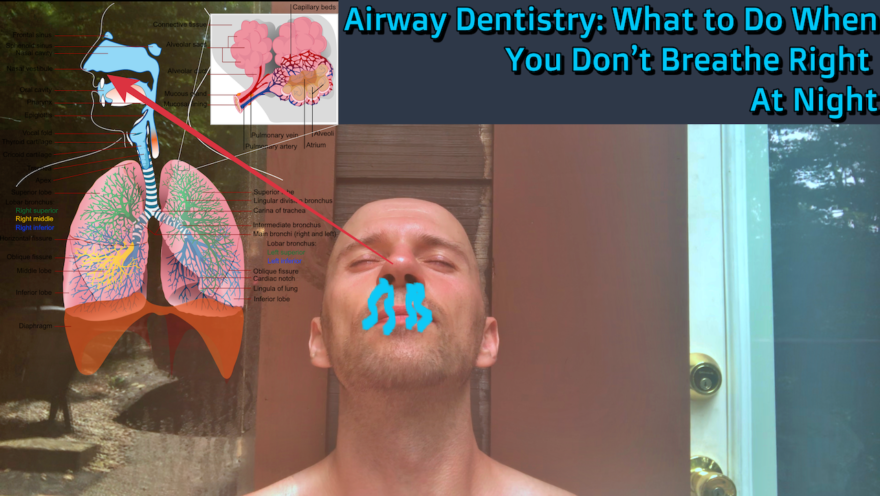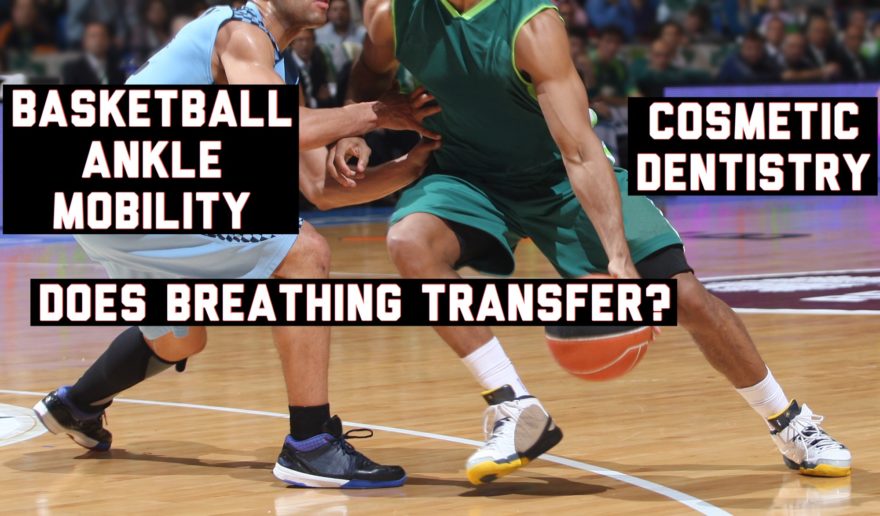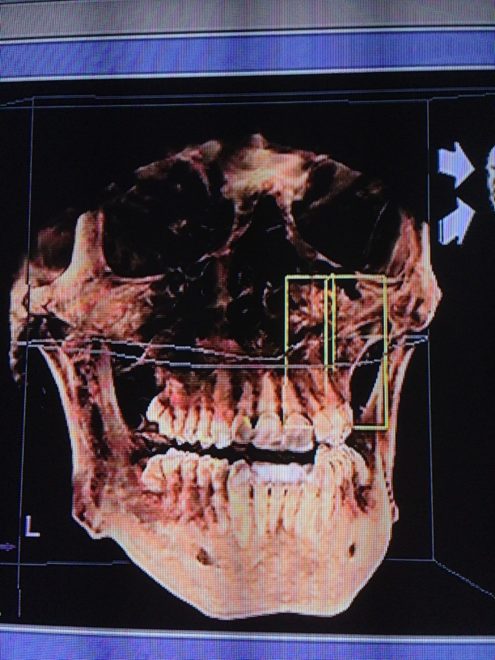Tag: dentistry

Airway Dentistry: What to Do When You Don’t Breathe Right At Night
If you are having trouble sleeping, snore at night, or mouth breathe like none other, you definitely have to listen…

Basketball Ankle Mobility, Cosmetic Dentistry, and Does Breathing Transfer? – Movement Debrief Episode 73
Movement Debrief Episode 73 is in the books. Below is a copy of the video for your viewing pleasure, and…
Course Notes: PRI Cervical Revolution REMIX
Note: I made some errors on the first rendition of this blog that were corrected after speaking with Eric Oetter.…

The Road to an Alternating and Reciprocal Warrior: Wisdom Teeth Extraction
This spans an entire treatment over a year’s time. Here’s part 1 Part 2 Part 3 The Saga Continues I’ve…
Course Notes: PRI Cervical Revolution
Where are all the People? I recently made the trek to Vermont for the first rendition of PRI’s Cervical Revolution…
Course Notes: The Last Craniocervical Mandibular Restoration Evahhhhh
You’d Think I’d Learn it the First Time Around You’d think, but CCM is one of the hardest PRI courses…
